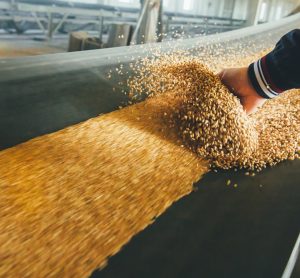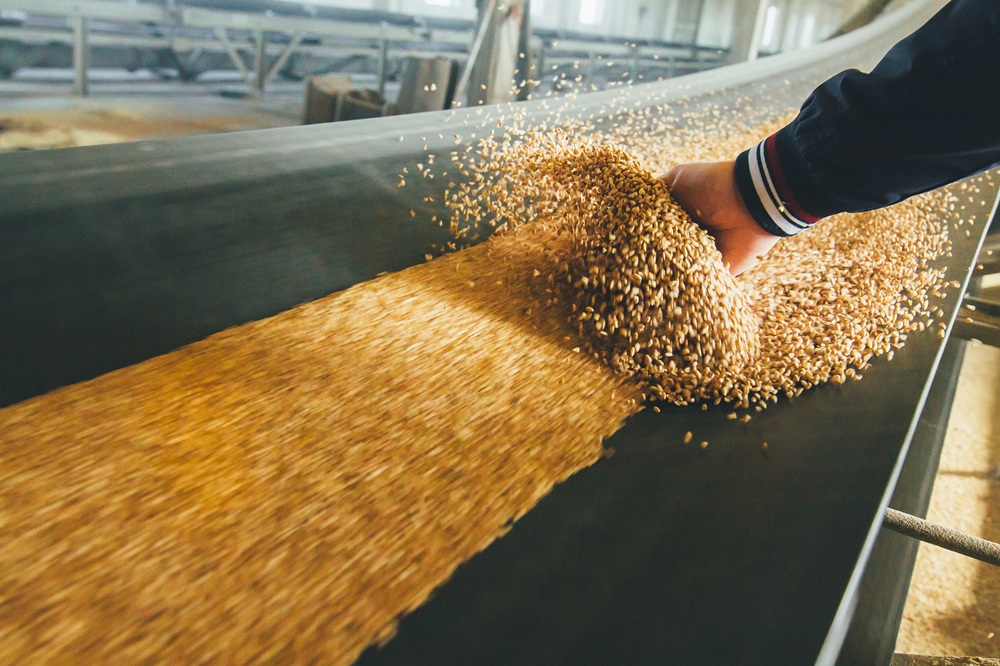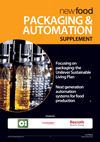6 September 2012 | By Luisa Mannina, Dipartimento di Chimica e Tecnologie del Farmaco, Sapienza Università di Roma & Laboratorio di Risonanza Magnetica Annalaura Segre, Istituto di Metodologie Chimiche, CNR and Anatoly P. Sobolev Laboratorio di Risonanza Magnetica Annalaura Segre, Istituto di Metodologie Chimiche, CNR
NMR spectroscopy is currently one of the key methods for food characterisation1. Foodstuff is a complex matrix including many different compounds with different chemical structures, concentrations, solubility, properties and nutritional values. Each food type contains primary and secondary metabolites. Primary metabolites, i.e. organic acids, amino acids and sugars, involved in…










